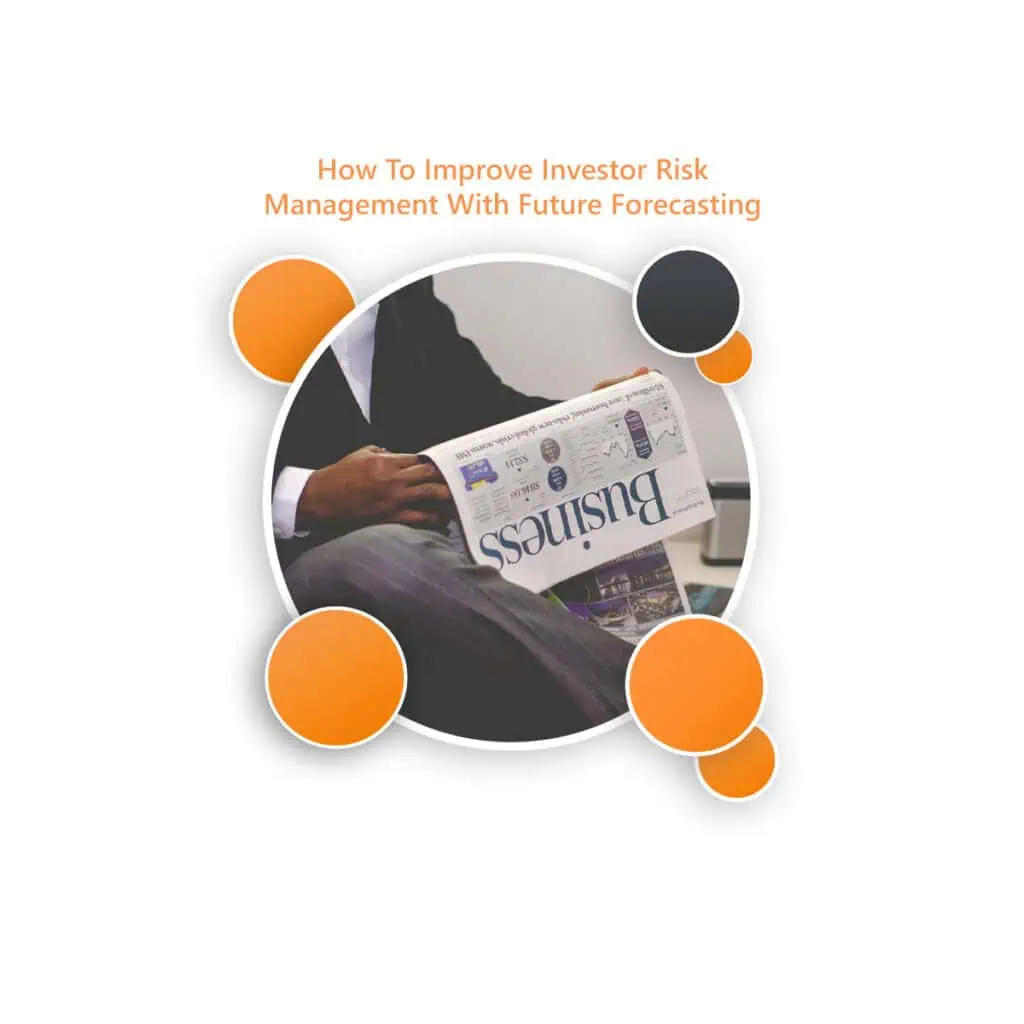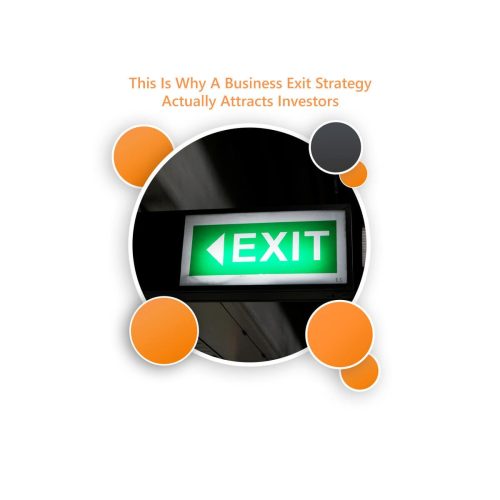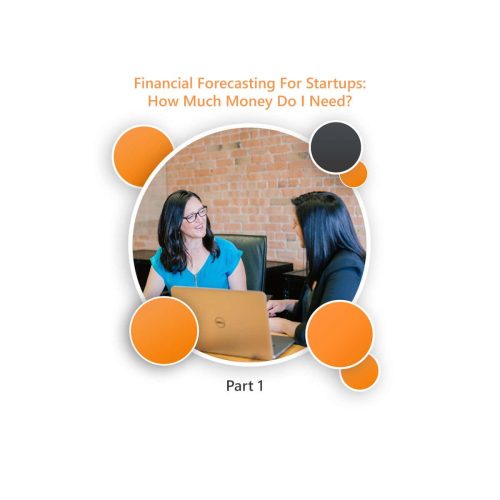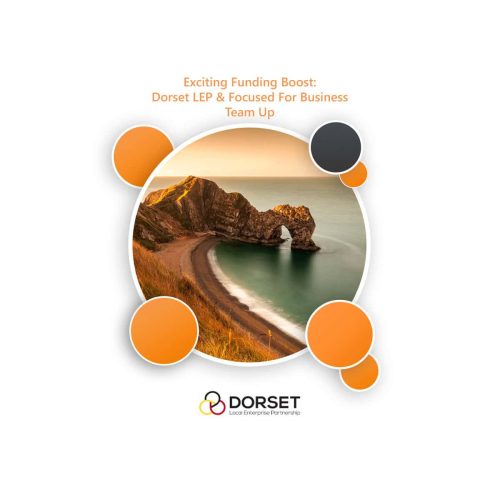If you’re pitching to investors, your financials can make or break the deal. And no, it’s not just about showing them you’ve got a handle on numbers, it’s about proving you’ve got a plan. Through future forecasting, you can demonstrate what their money could achieve and how you’ll adapt to different circumstances, reducing risk and increasing your chances of getting a ‘yes.'”
So, let’s talk about what serious investors want to see and how you can use future forecasting and scenario planning to make their decision an easy one.
Future Forecasting: Your Plan in Numbers
A strong financial forecast isn’t just a spreadsheet; it’s a blueprint for your vision. Investors want to know how your brilliant idea translates into revenue, growth, and (let’s not forget) profit. But this isn’t about pulling numbers out of thin air. Future forecasting helps you prove that you understand what drives your business and how to scale it.
Think of your finances as a way to answer the big questions: Where’s the growth coming from? How do you plan to achieve it? What happens if things don’t go quite to plan? By answering these, you’re already reducing the perceived risk.
What Investors Really Want to See
The days of vague predictions and overly optimistic revenue charts are long gone. Today’s investors want detail, and a lot of it. That starts with the basics, like your Profit & Loss Statement, Balance Sheet, and Cash Flow Statement. These are your non-negotiables, the foundation of any financial pitch.
But if you want to stand out, you’ll need to go further. Show them what’s behind the numbers. For example, what’s driving your growth? Is it a particular product, customer group, or pricing strategy? Is there a clear link between your marketing efforts and your sales pipeline?
And here’s a pro tip: don’t just present percentage increases month by month. Investors want to know the why behind the growth. Be specific, and tie your predictions back to real strategies and actions. Future forecasting helps you answer the “why” with data-driven insights.
Scenario Planning: Expect the Unexpected
Let’s face it, no one can predict the future. But what you can do is prepare for it. Future forecasting through scenario planning is where you really show investors that you’ve thought things through. It’s about exploring different possibilities and explaining how your business will adapt.
Start by identifying a few key scenarios. What if your growth is faster than expected? What if a competitor emerges? What if your costs suddenly increase? By mapping out these possibilities and showing how you’d respond, you’re giving investors confidence that you’re ready for anything.
This isn’t just about mitigating risks; it’s about showing resilience. It says, “Even if things don’t go perfectly, we’ve got a plan.”
Grounded Assumptions, Strong Forecasts
Every number in your forecast tells a story. And if that story isn’t believable, your forecast won’t hold water. That’s why your assumptions are critical. Be transparent about what’s driving your predictions, whether it’s customer acquisition costs, market growth, or operational efficiencies.
The key here is research. Make sure your assumptions are backed by real data, and be prepared to explain why they’re reasonable. The more grounded your forecast, the less risky it looks. Future forecasting requires you to provide a clear, data-supported narrative.
For example, if you’re predicting a 20% monthly growth in revenue, explain how you’ll achieve it. Is it through expanding your product line? Scaling up your marketing? Launching in a new region? Connect the dots for your investors so they can see how your vision becomes reality.
Bringing Financials to Life in Your Pitch Deck
Now, let’s talk about the pitch deck. This is where you take the highlights of your financial forecast and turn them into a compelling story. Your investors don’t need to see every detail, save that for the follow-up meeting. Instead, focus on the headlines: your revenue trajectory, your funding needs, and the key drivers of your growth.
And don’t just tell them, show them. Use visuals like charts and graphs to make your finances pop. If you’ve done your forecasting and scenario planning right, this part should feel like a natural extension of your pitch.
Why This Matters
Investors aren’t just backing your business, they’re backing your ability to execute. A detailed, realistic financial plan shows them that you’ve got what it takes to turn your vision into reality. And when you add scenario planning into the mix, you’re showing them that you’re prepared for whatever comes next.
This isn’t just about ticking boxes or making spreadsheets look pretty. It’s about reducing risk, building trust, and proving that you’re the kind of founder who can deliver.
So, roll up your sleeves, dive into the details, and craft a financial plan that not only impresses investors but gives them the confidence to say, “I’m in.”
Do you need help with making sure that you’ve got all bases covered when it comes to attracting investment? Book a free Funding Strategy Workshop with us today and get your questions answered.
- How to Find Investors (Without Losing Your Mind) - June 17, 2025
- How to Raise Money (Without Losing the Plot) - June 9, 2025
- How I Raised £250K – and Help Other Founders Scale with Equity Funding - June 9, 2025






















